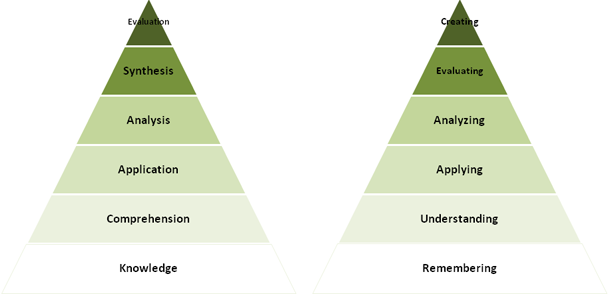 ARQAVA
ARQAVA
Learning outcomes
An outcome is an expression (a sentence) of the expected results, which can be presented (measured, verified, or evaluated) after a selected course unit (course, exercise, or lecture). The outcome is directed at a particular participant, describes his or her behaviour and a method of presentation. It is a crucial element in each learning activity, including e-tivities.
Why is it essential?
Defining outcomes helps a learner understand expectations and gives a point of reference for the course designer/facilitator, which will determine the choice of content, forms or activities and methods of evaluation.
Therefore defining outcomes makes work easier for the learner as well as for the designer or course facilitator.
General and specific (operational) outcomes
The first pertain to directions and actions but they do not define them. Operational outcomes refer directly to desired effects or results and actions, but they also define methods of implementation and evaluation.
How to design a learning outcome?
An outcome should be clearly and precisely described, it should refer to actions and behaviour and be measurable in the categories of time, place, quantity, frequency etc.
It should also follow the SMART criteria - i.e. it should be Specific, Measurable, Attainable, Relevant and Time-framed. “S” can be also interpreted as Student-centred (emphasizing the fact that outcomes should specify the actions of the learner, not the facilitator).
A properly formulated outcome:
- contains descriptions of knowledge or skills which should be obtained by the learner. It shouldn’t be confused with the description of performed tasks or description of content or materials;
- defines conditions under which it should be achieved;
- uses active verbs describing desired behaviours (as listed in the image below):

Bloom’s original and revised taxonomies
Example 1: Differences in formulating outcomes
|
Lower order thinking skills |
Higher order thinking skills |
|
After this class you will understand traffic regulatioins. |
After this course you will be able to analyse traffic hazards |
|
The aim of this course is to introduce basic concepts of land survey. |
After completing this course you will be able to apply basic techniques in land surveying when measuring the terrain. |
|
The aim of this course is to present how to use a computer (description of content) |
After completing this course you will be able to use a computer with a connected mouse and printer to write and print a text (skills) |
|
After this class you will be able to name the rules of communication that are essential for managing your own company (general) |
After completing this course you will be able to create an effective communication strategy by selecting adequate content, media and organisational structure (specific focus on the learner’s skills) |
6 Steps to achieve your learning outcomes (example)
STEP 1: Define an outcome: After completing the training you will be able to paint the garden bench.
STEP 2: Define the result: painted garden bench
STEP 3-4: Write down the actions and order them: acquaint yourself with the materials, paint the bench in one colour, use the right paint for the material, cover evenly all surfaces with paint, and check if there are no protective elements on the bench.
STEP 5: Define the criteria of verification through the senses of sight and touch: the bench is painted evenly in one colour (the old colour doesn’t show through, there are no streaks, the surface was well prepared so the colour could be applied evenly), the paint is suitable for the material (it doesn’t peel off, it binds well, and it doesn’t stain the elements adhering to the bench), all surfaces are evenly covered with paint (100% coverage of all elements of the bench), and there are no elements stuck to the bench (brush bristles, protective tape, leaves, etc.)
STEP 6: Evaluation process: I think that the outcome will be achieved when the bench is painted.
Time: 30 min